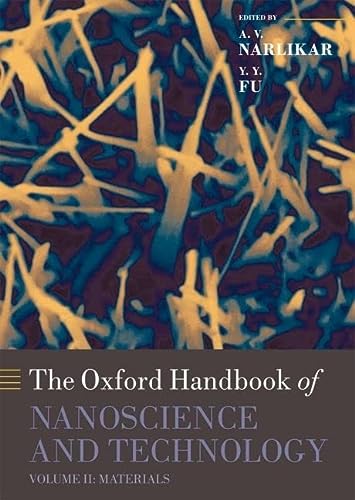

Most ebook files are in PDF format, so you can easily read them using various software such as Foxit Reader or directly on the Google Chrome browser.
Some ebook files are released by publishers in other formats such as .awz, .mobi, .epub, .fb2, etc. You may need to install specific software to read these formats on mobile/PC, such as Calibre.
Please read the tutorial at this link: https://ebookbell.com/faq
We offer FREE conversion to the popular formats you request; however, this may take some time. Therefore, right after payment, please email us, and we will try to provide the service as quickly as possible.
For some exceptional file formats or broken links (if any), please refrain from opening any disputes. Instead, email us first, and we will try to assist within a maximum of 6 hours.
EbookBell Team

4.4
52 reviewsThe Handbook comprises 3 volumes, structured thematically, with 25 chapters each. Volume I presents fundamental issues of basic physics, chemistry, biochemistry, tribology etc. of nanomaterials. Volume II focuses on the progress made with host of nanomaterials including DNA and protein based nanostructures. Volume III highlights engineering and related developments, with a focus on frontal application areas. All chapters are written by noted international experts in the field. The book should be useful for final year undergraduates specializing in the field. It should prove indispensable to graduate students, and serious researchers from academic and industrial sectors working in the field of Nanoscience and Technology from different disciplines including Physics, Chemistry, Biochemistry, Biotechnology, Medicine, Materials Science, Metallurgy, Ceramics, Information Technology as well as Electrical, Electronic and Computational Engineering.